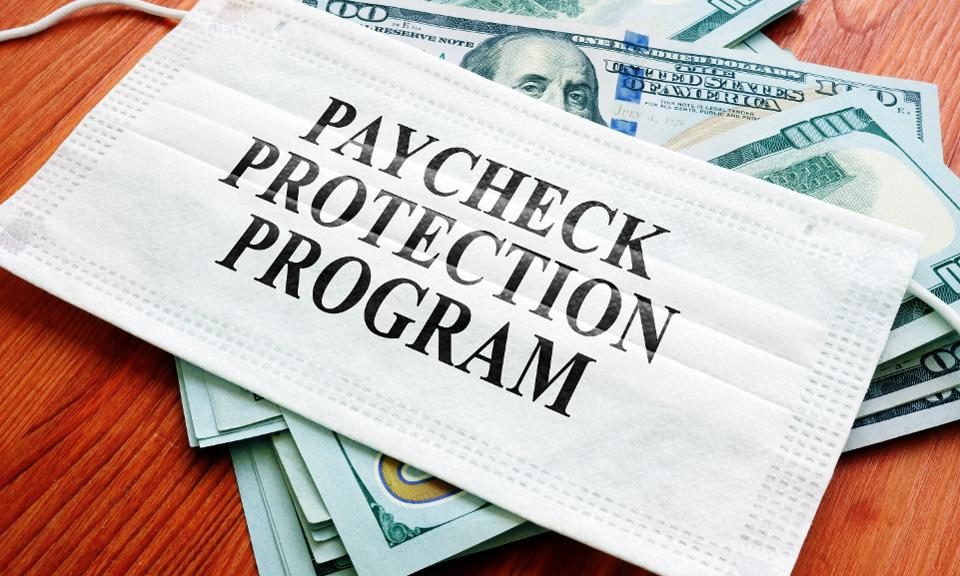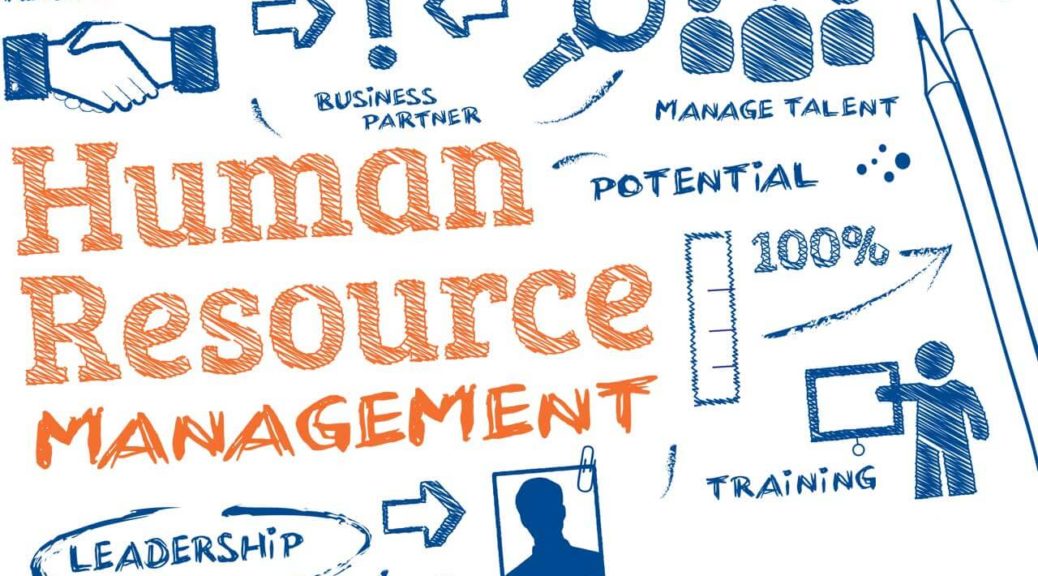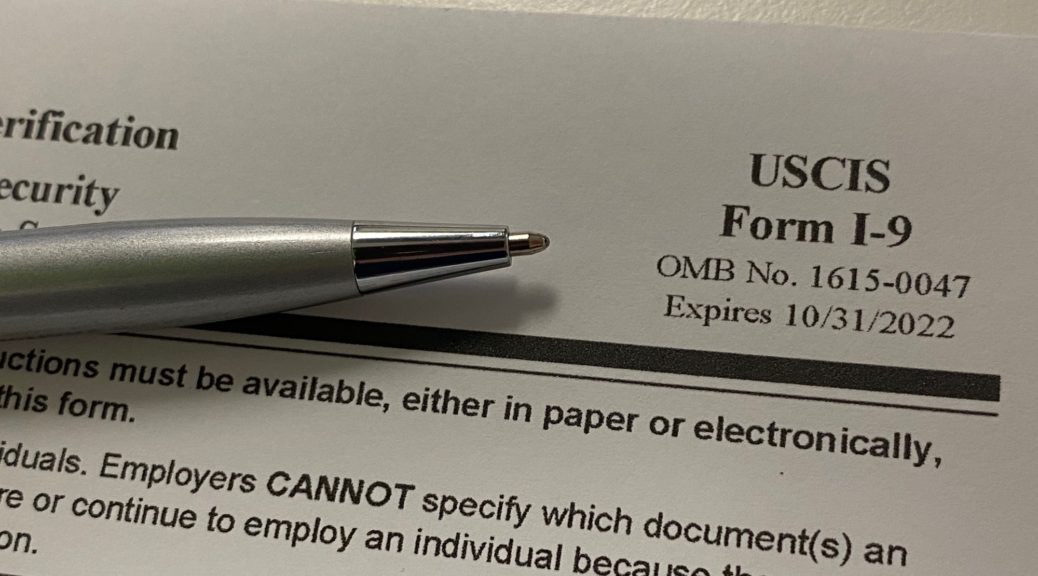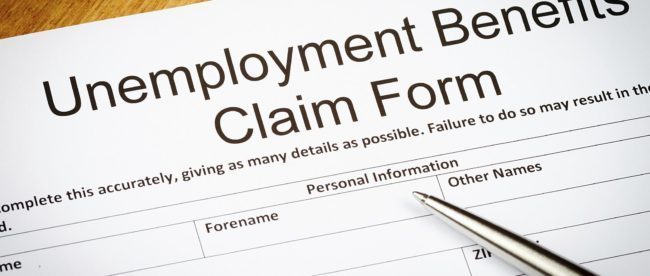Is your head spinning yet? There have been a dizzying array of federal, state and local financial programs launched to help employers and give economic stimulus to the struggling American economy. The latest program is the Employee Payroll Tax Deferral program, and it has generated a good number of questions to our office from companies that are trying to figure out the details and how it works. Here are answers to the most common questions we have received from clients, and the answers (if available).
What are the basics? President Trump announced the payroll tax deferral program in a Presidential Memorandum on August 8, 2020. The Internal Revenue Service (IRS) recently issued Notice 2020-65 on August 28, providing guidance for the administration of the payroll tax deferral. So, now your business is trying to figure out whether you want to participate in the program or not. What factors should you be considering?
Is this program different than the CARES Act payroll tax deferral? Yes. Under the CARES Act (March 2020), an employer was permitted to defer payment of the employer’s portion of Social Security tax payments. Qualifying small business owners were able to defer 100% of payroll taxes (the 6.2% employer’s portion of the social security taxes). Deferred deposits must be paid on or before the following dates: 50% of the deferred amount by 12/31/2021; and the remaining amount by 12/31/2022. The new program is a deferral of the employee’s portion of social security taxes (not employers portion). IRS Guidance.
Is this program mandatory? No. The IRS and the Treasury Department indicate that it is the employer’s decision on whether or not to participate in the program and defer the employee portion of Social Security taxes. Employers are responsible for money that does not get repaid. In a Wall Street Journal article, ADP is making computer changes so employers can start implementing the tax deferral this month and offer employees a choice of whether to participate.
What payroll taxes are deferred? If a company elects to participate in it, the payment of the employee portion of any Social Security tax is only deferred (not forgiven): the 6.2% employee’s share of Social Security taxes for workers earning under $104,000 annualized. So, employees will have higher “take-home” paychecks between September 1 and December 31; but they will have lower “take-home” paycheck between January 1 and April 30, 2021. If your company decides to participate in the program, communicate how the program works to affected employees so that you can avoid workforce confusion.
Can all employees be included in the payroll tax deferral program? No. The IRS Notice 2020-65 directs that the employee portion of Social Security taxes on certain wages may be deferred (i.e., wages paid to employees earning less than $4,000 on a bi-weekly basis – or $2,000 weekly – between September 1, 2020, and December 31, 2020, are eligible for deferral). The $4,000 wage threshold is computed on a pay-period by pay-period basis. An employee earning more than the threshold, cannot participate.
What other factors should be considered? If your company chooses to participate in the employee payroll tax deferral program, not all administrative details are answered in the IRS guidance. Here are some sticky issues without clear guidance:
- What if an employee leaves employment before the completion of the repayment period?
- What if an employee makes less money in 2021 than in 2020?
- How do you handle employee wages that fluctuate above and below $4,000 on a bi-weekly basis?
- Are employees allowed to opt-out of the program if the employer decides to participate?
The IRS has not provided comprehensive guidance on how to handle these, and other, questions as of yet. However, there is no safe harbor for the arrangement, and the employer is obligated to repay any deferred employee payroll taxes.
For more information, keep visiting the websites for the IRS and Department of Treasury. Also, if you use a payroll service, check with them to see how they are set up to handle this program.









